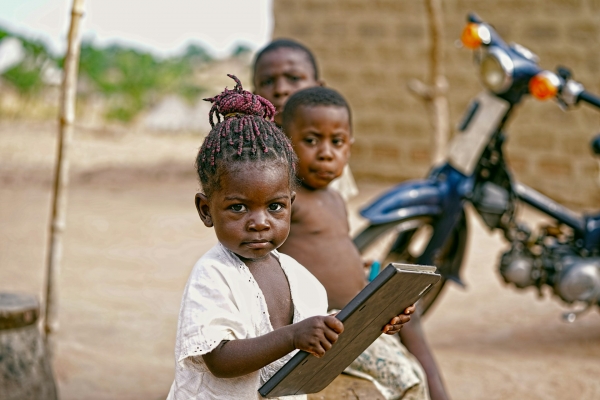The Mpox outbreak across West and Central Africa is now alarming, with particular concern for the Democratic Republic of the Congo (DRC). The Office of the High Commissioner for Refugees (UNHCR) recently reported 42 suspected cases in South Kivu province, in addition to suspected cases in the Republic of Congo and Rwanda. These figures contribute to the 180,000 suspected cases in the region, primarily in provinces hosting the majority of DRC’s internally displaced people (IDPs), which total 7.3 million.
The outbreak exacerbates the already precarious conditions in which IDPs live, and these conditions themselves pose a challenge to preventing Mpox: ongoing violence, recurring natural disasters, overcrowded shelters, and a lack of water and humanitarian assistance. This situation makes isolation impossible, leading to further spread through close contact, with recovery made more difficult by inadequate food rations.
UNHCR, in cooperation with the World Health Organization (WHO) and local health facilities, is working to improve access to handwashing points, strengthen health system preparedness and response plans, and promote awareness-raising activities.
In this context, the inclusion of IDPs in national preparedness and response measures is crucial, and UNHCR has demonstrated its willingness to support countries in doing so—a step the DRC has already taken. Despite the significance of these efforts, UNHCR’s humanitarian response has only received 37% of the 250 million USD required for 2024, which is needed to expand health services, isolation centers, and humanitarian shelters.
To read more, please visit:
- https://www.unhcr.org/news/briefing-notes/concerned-over-impact-mpox-refugees-and-displaced-africa-unhcr-calls-inclusion
- https://www.who.int/news/item/14-08-2024-who-director-general-declares-mpox-outbreak-a-public-health-emergency-of-international-concern







